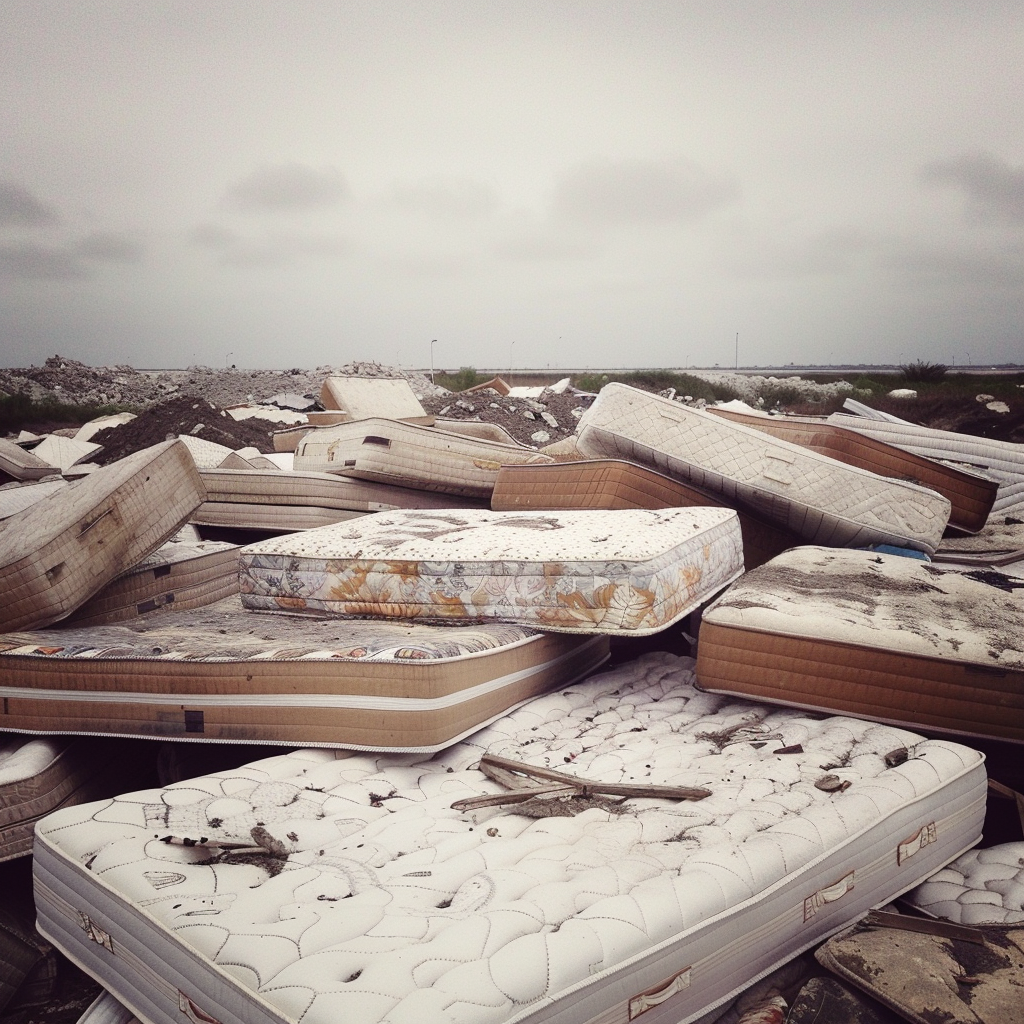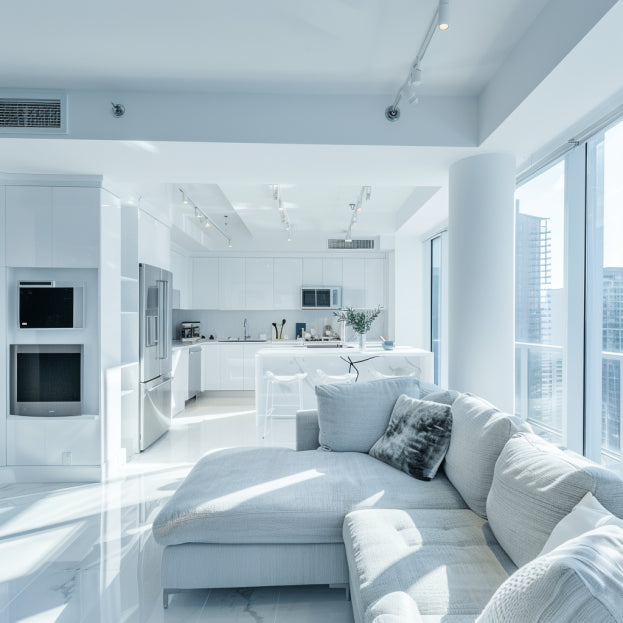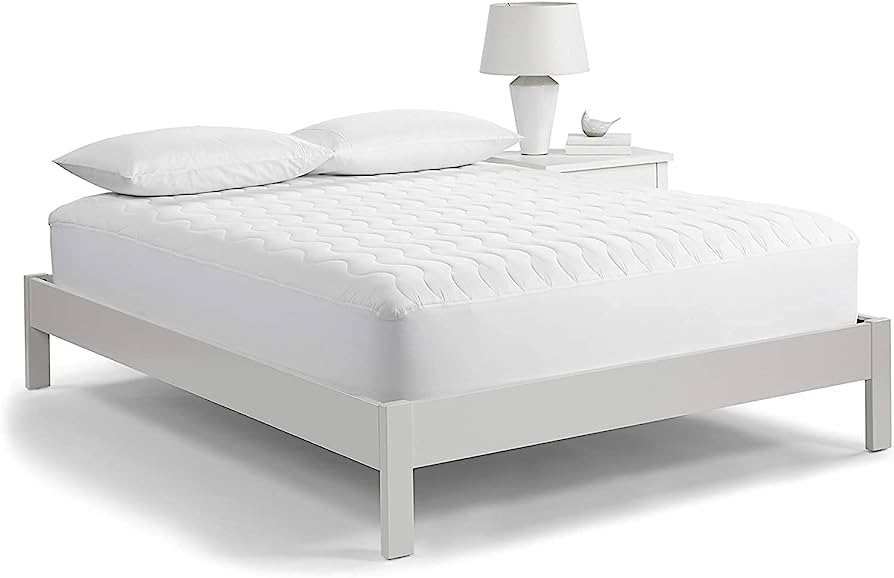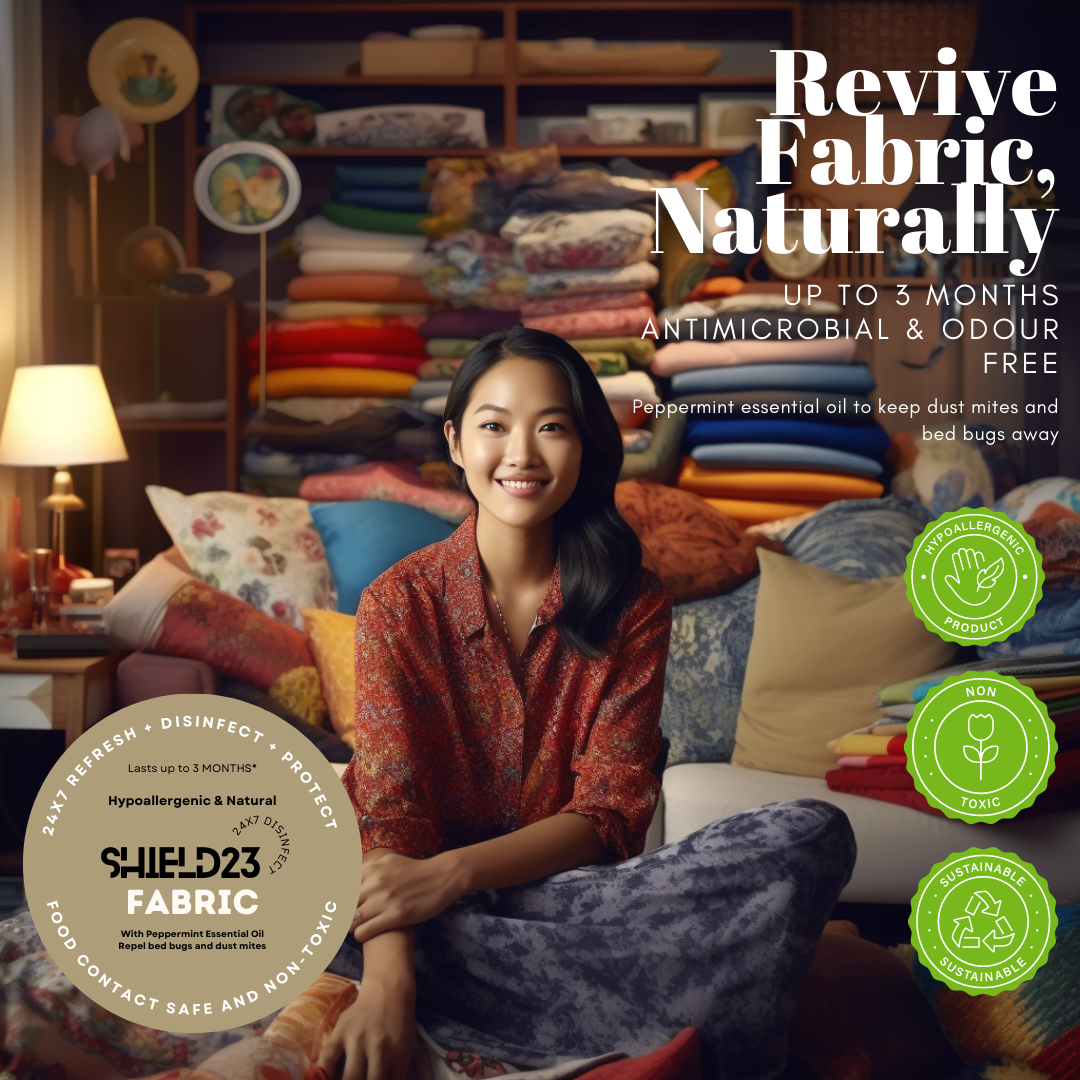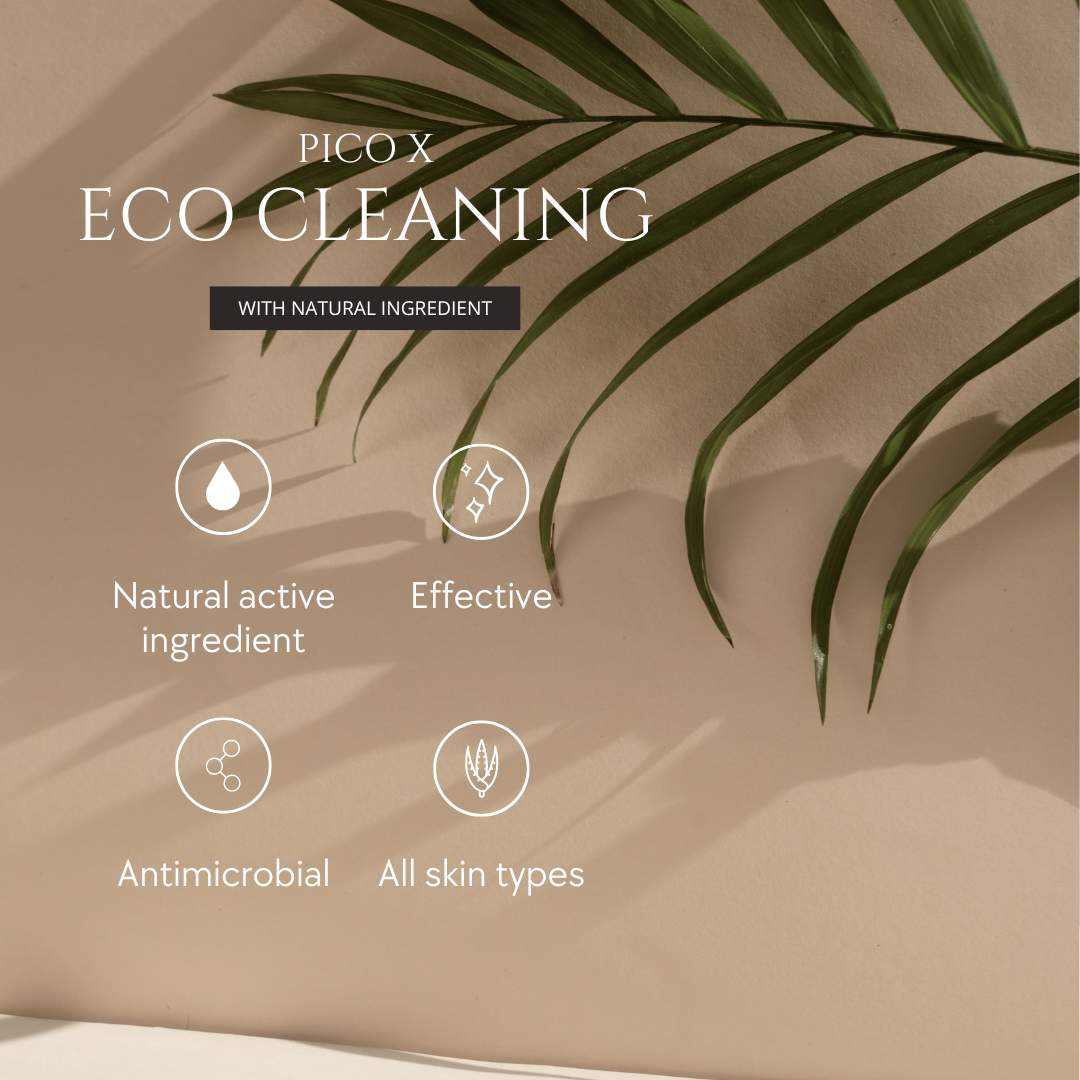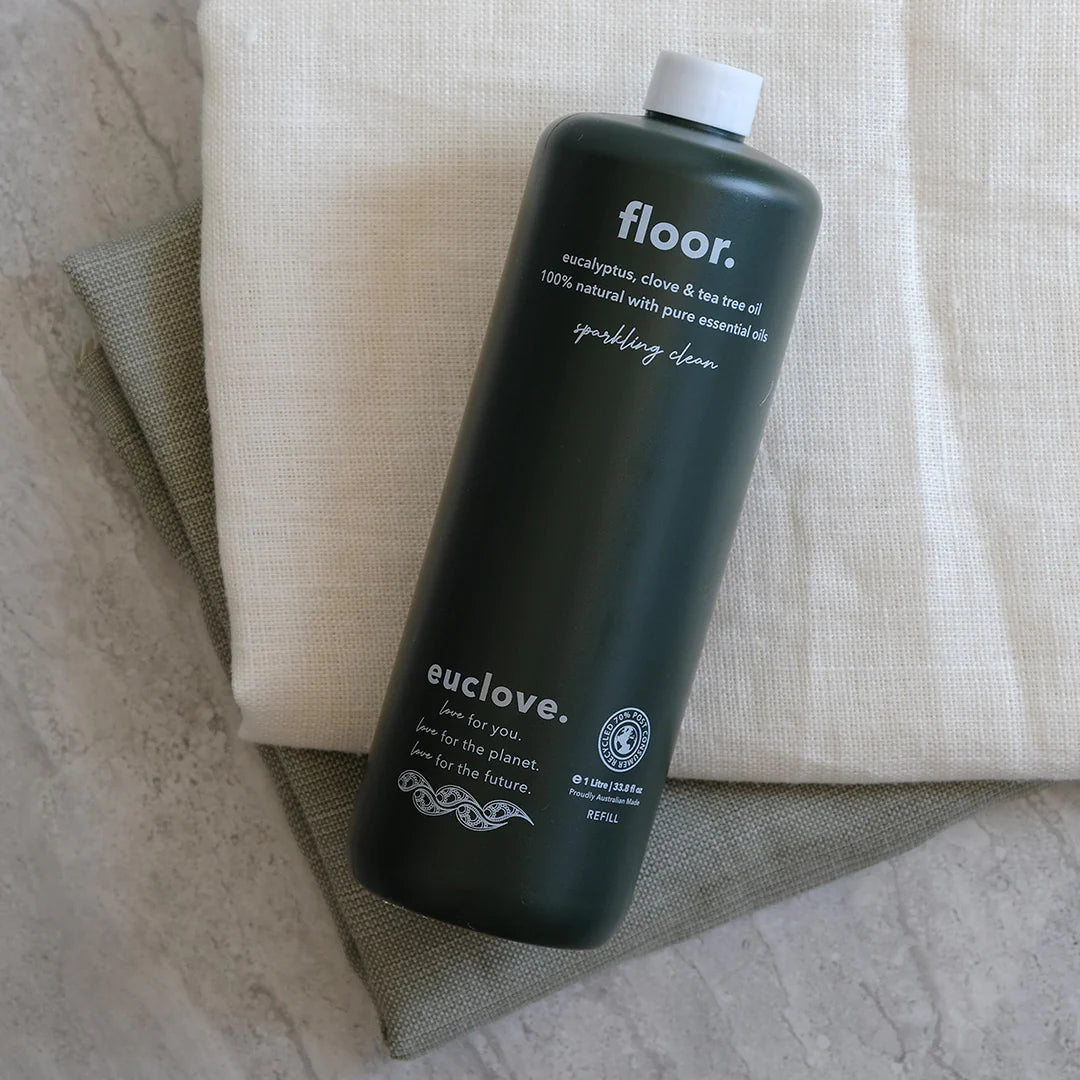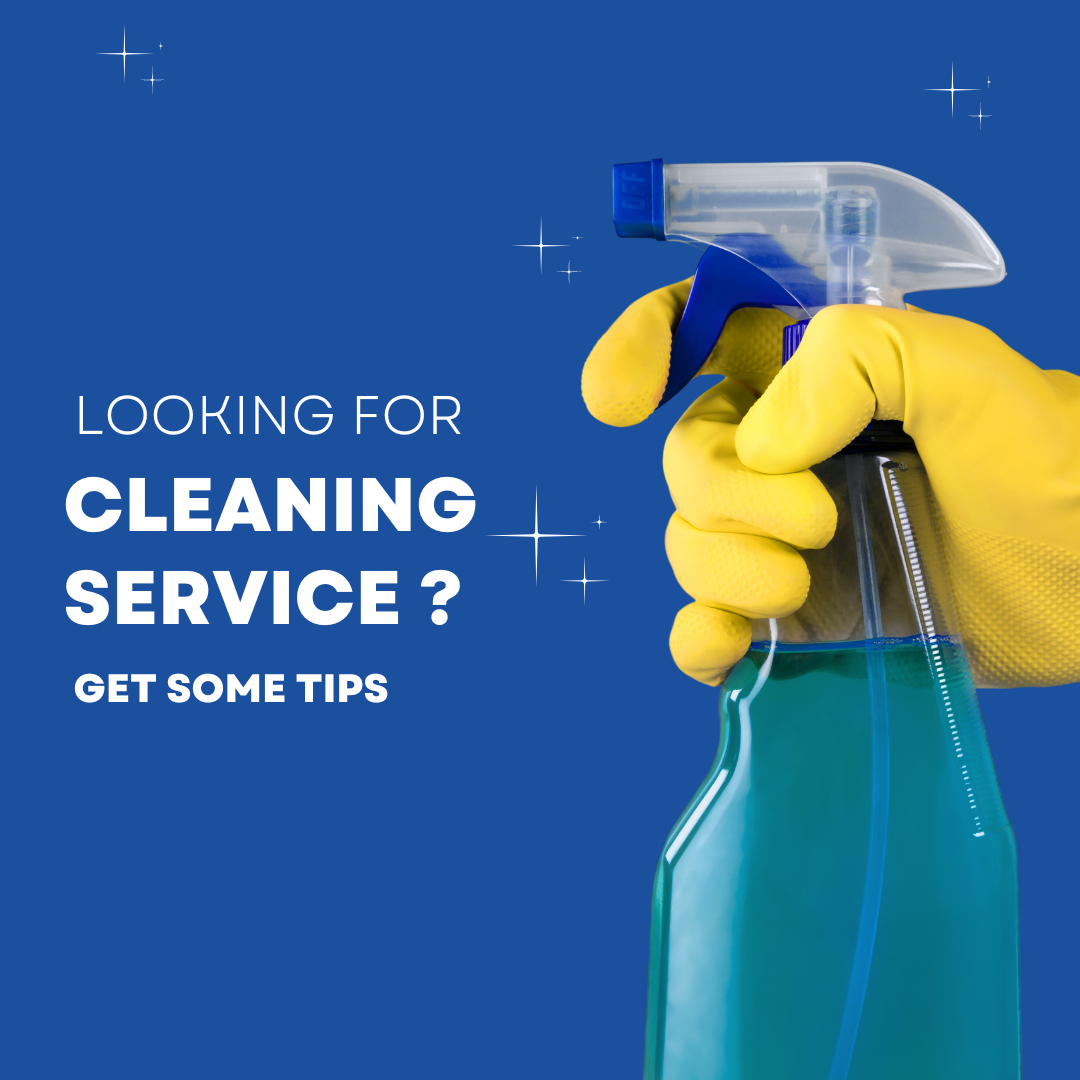-

Adoption of Antimicrobial Coating In The Hospitality Industry
-

Antimicrobial Coated Mattress For A Safe Night's Sleep
-

A safe way to improving indoor air quality and prevent mould at home.
-

Antimicrobial Coatings on Mattresses
-

Antimicrobial Coatings: A Revolution in Home and Commercial Space Hygiene
Indoor Air Quality in Singapore Homes: Impact on Children’s Health and Development
- 5 min reading time
Indoor Air Quality in Singapore Homes: Impact on Children’s Health and Development
Why Indoor Air Quality Matters for Children
Young children (especially ages 0–10) are particularly vulnerable to indoor air pollution. Their lungs and immune systems are still developing, and they breathe faster than adults, absorbing more pollutants relative to their size. In Singapore, infants and young kids also tend to spend most of their time indoors, so the home environment plays a huge role in their well-being. Notably, about one in five children in Singapore has asthma, and many also suffer from allergies (a trend that has been rising locally). Poor indoor air quality (IAQ) can trigger these conditions – dust, mould spores and other indoor allergens can cause respiratory problems, especially in children. Ensuring healthy air at home is therefore critical for children’s health and overall development.
Key Indoor Pollutants in Singapore Homes
Several common indoor pollutants can negatively affect children’s health. Singapore’s tropical climate and high-rise living can create conditions where these pollutants build up if not properly managed:
Volatile Organic Compounds (VOCs): VOCs are chemicals that easily become vapors at room temperature. They emanate from sources like paints, varnishes, cleaning products, air fresheners, and new furniture or cabinetry. In Singapore, homes are often kept closed and air-conditioned due to the heat, which can lead to a buildup of VOCs indoors if ventilation is poor. One local study of 32 childcare centers found a median total indoor VOC concentration of about 19 µg/m³, and indoor levels were significantly higher than outdoors. Common VOCs detected included benzene, toluene and xylene – some of these are irritants and even carcinogenic with long-term exposure. In the short term, many VOCs can irritate the eyes, nose and throat or cause headaches and dizziness. For children, breathing VOC-laden air can contribute to asthma-like symptoms or allergic reactions over time.
Formaldehyde: Formaldehyde is a specific VOC worth highlighting. It’s a colorless gas with a pungent “new furniture” odor, commonly released from plywood, particleboard, laminates, adhesives and paints used in renovation and furniture. New or recently renovated HDB flats and condos often have elevated formaldehyde – sometimes noticeable as a “new house smell”. Singapore authorities have been concerned about formaldehyde; since 2020 the National Environment Agency (NEA) received at least 19 cases of feedback about high formaldehyde levels linked to home renovations. In one case, a local family found that the kids kept falling sick for months after moving in – their young children suffered continuous respiratory illnesses – until an air quality test revealed unsafe formaldehyde concentrations in the new built-in cabinets. The readings in that HDB flat were about 0.72 parts per million (ppm) of formaldehyde, far above the recommended safety guideline of 0.08 ppm for indoor spaces. Formaldehyde at such levels can cause acute irritation (stinging eyes, nose and throat) and trigger bronchitis or asthma attacks in the short term. Long-term exposure is even more serious – formaldehyde is classified as a carcinogen and has been linked to nasopharyngeal cancer and leukemia. Children, with their smaller airways and developing bodies, are especially sensitive to formaldehyde and may show symptoms (like chronic cough, skin/eye irritation) sooner than adults. This makes it vital to control formaldehyde in homes where young kids live (e.g. by using low-formaldehyde materials and good ventilation). Singapore is taking steps on this front – for example, formaldehyde will be banned in interior paints from 1 Jan 2026 to reduce indoor exposure.
Mould and Dampness: Mold (fungus) thrives in Singapore’s humid climate, and indoor mold is a major concern for health. Singapore’s average relative humidity is around 80–90%, which easily exceeds the ~60% threshold at which mold grows. In fact, during rainy seasons, mold outbreaks in homes become common – mold removal companies have reported “big fungal blooms in people’s homes” when extended wet weather pushes humidity to 100%. Mould typically appears as black, grey, or orange patches on walls, ceilings (especially bathrooms), or furniture, and often has a musty odor. When mold grows indoors, it releases spores and allergens into the air. According to local experts, these can trigger itchy skin, wheezing, runny nose or asthma in susceptible individuals. “When we inhale these particles from mould, they enter our respiratory tract and can make immune systems overreact,” explains Dr. Loh Jia Tong of NTU, leading to allergic rhinitis or asthma attacks. Children and the elderly are especially susceptible to mold’s effects – children’s immature immune systems make them more prone to develop allergies in a mouldy environment. In other words, a child growing up in a damp, mold-infested home has a higher risk of developing asthma or allergic conditions over time. Global research bears this out: studies estimate that up to 14% of childhood asthma cases may be attributable to living in a home with dampness or mold problems. Beyond respiratory issues, mold exposure can also exacerbate eczema or other skin allergies in kids. Mold is not only an allergen but can produce toxic byproducts in some cases, so it’s a pollutant families should vigilantly prevent.
Sources:
-
National Environment Agency – “Breathe Healthily” (Environmental Health Institute article on indoor air pollutants and air cleaners).
-
HealthHub Singapore – “Asthma (Common Childhood Illnesses)” (childhood asthma prevalence and triggers).
-
Channel NewsAsia – “More Singapore home owners seeking help for high formaldehyde levels” (case of family affected and expert comments).
-
Channel NewsAsia – “What are the rules?… formaldehyde in indoor spaces” (indoor formaldehyde safety limits and new regulations).
-
Mothership SG – “19 feedback cases on formaldehyde since 2020” (Parliamentary report on formaldehyde complaints and paint ban).
-
Reroom Singapore – “Formaldehyde in the Home: 6 Things…Need to Know” (why formaldehyde builds up in SG homes).
-
Jia et al., Chemosphere (2019) – Study on VOCs in Singapore childcare centers (indoor vs outdoor levels and health benchmarks).
-
AsiaOne / Straits Times – “Mould cases on the rise during rainy season” (expert commentary on mold growth and health effects in SG).
-
Kids Clinic Singapore – “Protecting Kids Against the Haze” (paediatrician on pollution effects in children).
-
NEA – Singapore Green Label Product Certification Scheme.
-
Health Promotion Board (HPB) and Ministry of Health (MOH) reports on air pollution and children’s health.
Tags
-

Best Fabric Refresher 2023
-

Looking for the Best Cleaning Services in Singapore?
-

Benefits Of Essential oil Based floor cleaners - Eucalyptus, Clove and Tea Tree
-

Top ten cleaning services in Singapore?


